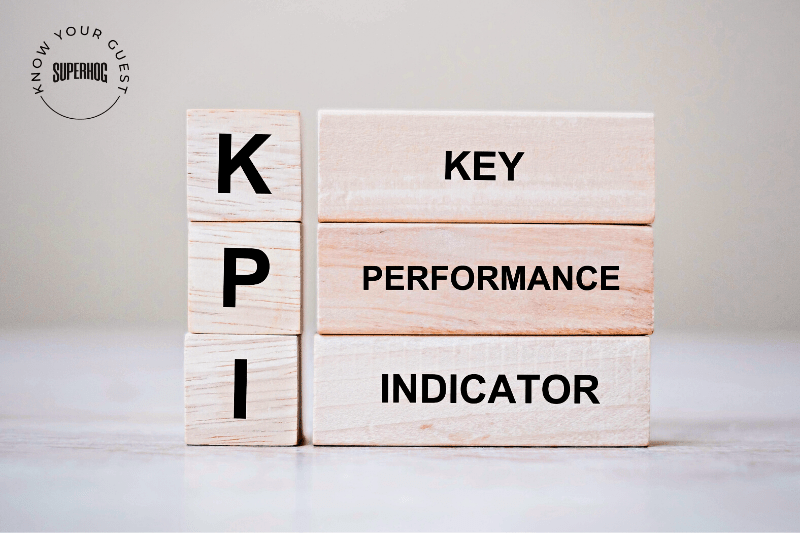What are key performance indicators for Airbnb? Also known as Airbnb KPIs, these are essential metrics providing short-term rental insights to hosts, to help gauge the success of their business.
With so many differentiators that can impact the success of your rental, you want to know how your Airbnb listing is performing against the competition. That’s where KPIs come in. They help hosts measure, monitor, and manage their properties.
However, it’s easy to become overwhelmed.
There’s an endless list of KPIs available, so to give you a helping hand, in this article, we will cover the following:
What do key performance indicators (KPIs) for hosts show?

As a host, the key performance indicators you track will provide a quantifiable way to stay on top of your Airbnb. Based on real short-term rental data specific to your business’ performance, these metrics will allow you to make insightful decisions, determine your profitability and help you:
- Make changes to what isn’t working
- Find solutions to problems that may arise
- Achieve your business goals
- Identify insights into market trends
It’s good to stay on top of your rental performance so that you can manage your property better, but measuring every vacation rental metric on the market will not be efficient for you or your business.
Therefore, you need to know exactly what it is you are looking to measure your value of success against so you don’t lose sight of what’s truly important.

Examples of property management KPIs for hosts
So, as a host, what should you be measuring to monitor your short-term rental’s operations and performance? This will depend on your primary objective. Are you looking to scale as a short-term rental property manager? Are you working towards building your direct booking strategy or becoming a full time host and optimising your revenue potential?
Here are four main key performance indicator categories for short-term rental and Airbnb hosts:
Revenue Metrics
This includes occupancy rates, average daily rates (ADR), revenue per available room (RevPAR), revenue per property, number of bookings and even the overall value of a transaction per channel used.
Guest Experience Metrics
This includes guest satisfaction scores, repeat guests, reviews and social media engagement. Remember managing the guest experience will coincide with your marketing efforts.
Operation Metrics
This includes the percentage of bookings you receive per channel, net operating income, cancellation rate, average length of stay (ASOL) and even your conversion rates.
Marketing Metrics
This includes your customer acquisition costs, website traffic, number of referrals, email marketing metrics, your messaging response rate, your visibility within the Airbnb performance dashboard and even monitoring your social media engagement.
Effective tools to help track your Airbnb KPIs
The following strategies will help ease the management of your short-term rental KPIs:
- Dynamic pricing tools
- Airbnb host analytics
- Google analytics
- Spreadsheets
- Vacation rental software
The 10 best Airbnb KPIs to measure that will help take your business to the next level

Ranked by importance, we’ve put together 10 of the best Airbnb KPIs we believe every host should measure to keep track of their operational costs, net profit margins and the overall customer satisfaction of their vacation rental business.
1. Occupancy Rate
Your occupancy rate for your short-term rental is determined by the percentage of days during a specific time period (this could be monthly, quarterly, seasonally, or annually) your listing is rented out (occupied) by guests.
How to calculate your occupancy rate
Let’s say in the month of June (a 30 day month) you rented your property out for a total of 15 nights. The calculation you need to work out your occupancy rate is:
Number of booked nights ÷ Number of available nights × 100 = Occupancy rate (%)
15 ÷ 30 = 0.5
0.5 × 100 = 50%
In this scenario, your occupancy rate for June was 50%
How to increase your occupancy rate
There are many actionable opportunities that will help increase your occupancy rate of your Airbnb, including:
- Reducing your minimum nightly stay – by reducing your minimum nightly stay, you will appear in more search results, thus have a greater exposure and in turn create more bookings.
- Upselling free nights – by offering discounts and free nights to guests already staying, you can increase your average length of stay, which in turn increases your occupancy rate.
- Making your amenities stand out – by ensuring you have professional photos, accurate listing descriptions and have used effective keyword research to create your catchy listing titles, you will appear more frequently in searches by guests, in turn increasing your occupancy rate
2. Average Daily Rate (ADR)
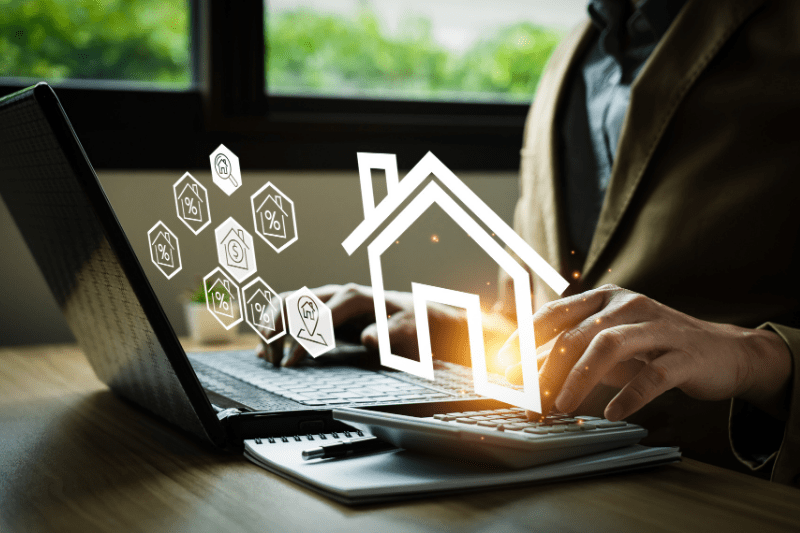
Your average daily rate, also known as your ADR, is the average revenue your listing can earn you per night when booked. This is a popular revenue metric used by property managers; however, it’s important to remember that this does not include your operating expenses, such as taxes and fees.
How to calculate your ADR
Let’s say a guest has made a 4-day booking for your listing and you are charging a total of $600. To calculate your average daily rate for this booking, you would need to:
Divide your total revenue ($600) by the number of days booked by the guest (4).
$600 ÷ 4 = $150
In this scenario, your average daily rate would be $150.
How to increase your ADR
If you are looking to increase your average daily rate for your short-term rental, you need to increase your revenue per booking. The best way to do this is by evaluating your pricing strategy and implementing dynamic pricing to your rental.
Don’t worry, this doesn’t have to be a manual task. There are a plethora of Airbnb pricing tools that will help maximise your profits including:
3. Revenue per Available Room/Rental (RevPAR)
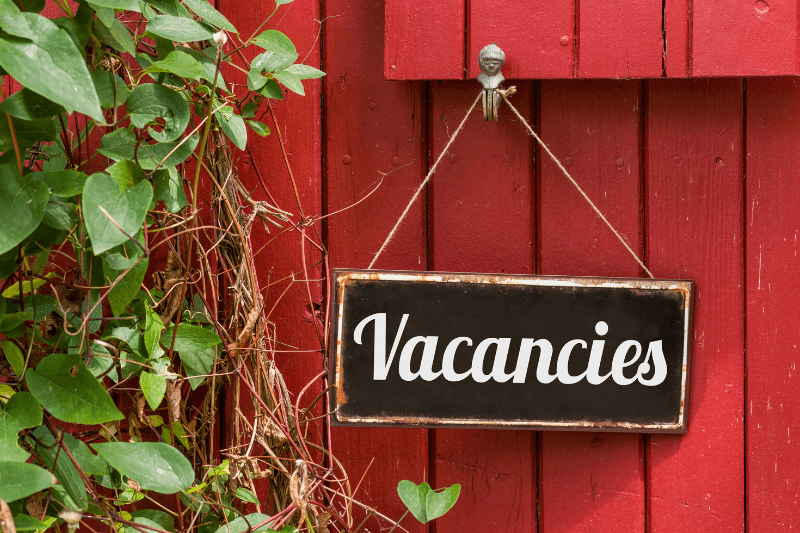
RevPAR is a performance and revenue metric that helps measure your business’ performance. This should not be confused with ADR – both are revenue metrics; however, RevPAR will show you how much revenue you are generating for all of your rooms (or rentals) within a given time period.
Remember to use RevPAR in combination with other Airbnb key performance metrics to maximise how your vacation rental is performing.
How to calculate your RevPAR
There are two methods to calculate RevPAR. Remember, that unless your occupancy rate is 100%, your RevPAR will be below your ADR.
Method 1: Multiply your ADR (average daily rate) by your occupancy rate.
Let’s say your ADR is $150 and your occupancy rate is 50%.
$150 x 50% = $75
In this scenario, your RevPAR is $75, which reflects the 50% occupancy rate of the property.
Method 2: Divide your total revenue earned by the number of available nights within a given time period.
Let’s say in June your total revenue earned was $2250. You had 1 Airbnb property available over 30 days.
$2250 ÷ 30 = $75
In this scenario, the occupancy rate is 50%; therefore, the RevPAR for this Airbnb listing is $75 for June and the ADR is $150.
How to increase you RevPAR
In order to see an increase in RevPAR, you will either need to boost your occupancy rate as close to 100%, or increase your ADR. However, it’s easier said than done.
You need to optimise your pricing strategy with thorough market and competitor research so you don’t negatively impact your short-term rental. You can do this by:
- Keeping your Airbnb listing current
- Ensuring your Airbnb amenities are targeting your niche market
- Implementing dynamic pricing technology
4. Guest Satisfaction Score
One of the most important Airbnb KPIs to track to ensure you’re a great host, is your guest satisfaction score. These help build trust between you and your guests.
What does this mean? Guest satisfaction is the measurement of your guest’s happiness with their stay. With Airbnb and the short-term rental industry, this is measured using a 5-star rating system, where a guest can leave your listing a rating post-stay.
How to calculate your guest satisfaction score
There is no calculation needed for this KPI as it is an average score generated by guest’s views of your listing, based on various factors such as cleanliness, comfort, accuracy, amenities, and communication.
How to increase your ratings
If your guest satisfaction score is lower than you would like, or you are not hitting those 5-star reviews every time, it may be time to address your guest’s concerns or comments they have left.
Consider professional short-term rental cleaning companies if cleanliness is a concern, or reach out to a professional photographer if you want to accurately depict your rental.
5. Number of Bookings
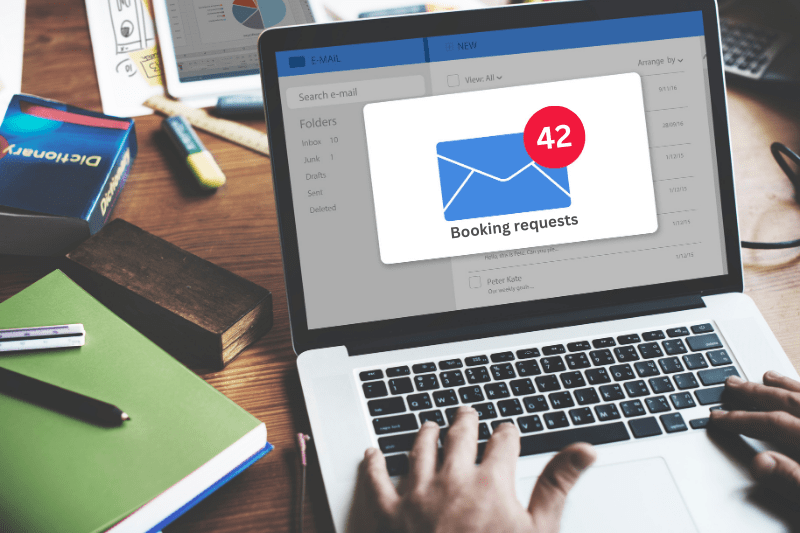
The total number of bookings you receive is the tip of the iceberg when it comes to booking data. However, it’s a great metric to track as a small business owner in the short-term rental industry.
If you’re looking to optimise the performance of your rental, be sure to also measure your average length of stay and number of guests so that you have an insight into your booking patterns and even guest trends.
How to calculate your number of bookings
This is the total number of bookings your business has received during a week, month, quarter or even year.
How to increase your number of bookings
There are a number of ways which can help you increase the number of bookings you take. Similarly to increasing your occupancy rate, you want to focus on making your listing stand out. To do this you can:
- Highlight your amenities
- Accurately represent your listing with professional photos
- Complete your listing description and create catchy listing titles
- Maintain a high guest satisfaction score
- Speed up your response rate and keep under 24 hours
- Turn on instant book on Airbnb
6. Average Length of Stay (ALOS)

One of the most important key performance indicators to track is your average length of stay (ALOS) so that you are aware of your guest preferences. This booking data measures the average number of nights guests stay at your listing. This is important data to have when understanding the risk levels of your reservations.
How to calculate your average length of stay
Let’s say in June you have a total of 15 nights occupied by guests. This is spread out across 3 different bookings. To calculate the ALOS you will need to:
Divide your total nights occupied by the total number of bookings = average length of stay
15 ÷ 3 = 5
In this scenario, your average length of stay will be 5 days.
How to increase your average length of stay
If you are looking to increase your ALOS, you could:
- Look at increasing your minimum length of stay: Seasonality changes can help increase your ALOS – especially in peak season. For example, change your minimum nightly booking from 2 nights to 3 nights during August. Short-term rental data providers such as AirDNA can truly help optimise your revenue potential and provide the right strategy for your business to track and manage your ALOS.
- Offer discounts on longer stays: By rewarding your guests with discounts such as ‘50% off your 4th night’ or ‘stay 4 nights get your 5th night free’ not only can you increase your ALOS, you’ll be filling those gaps in between shorter bookings and creating additional revenue too.
Remember, longer stays aren’t essential when running a short-term rental, but with one day bookings, you will have a greater turnover and increased cleaning fees which can add to your operating costs.
7. Response Rate
This is a guest experience metric that will tell you more about your current guest experience rather than provide financial data. Your response rate is dependent on how long it takes you to respond to an inquiry.
A good response rate is kept under 24 hours.
How to calculate your response rate
To find out how long it takes you on average to respond to inquiries, you need to:
Divide the total time it takes to respond to all your inquiries by the total number of inquiries you received.
How to maintain a response rate under 24 hours
To ensure your response rate is under 24 hours, you need to reduce the time it takes for you to respond to guests. The quicker you respond, the lower your response rate.
Ways that may help lower your response rate include:
- Knowing your audience
- Having pre-filled answer templates to your frequently asked questions
- Setting message/email alerts
- Automate an initial acknowledgement response for all inquiries
8. Conversion Rate
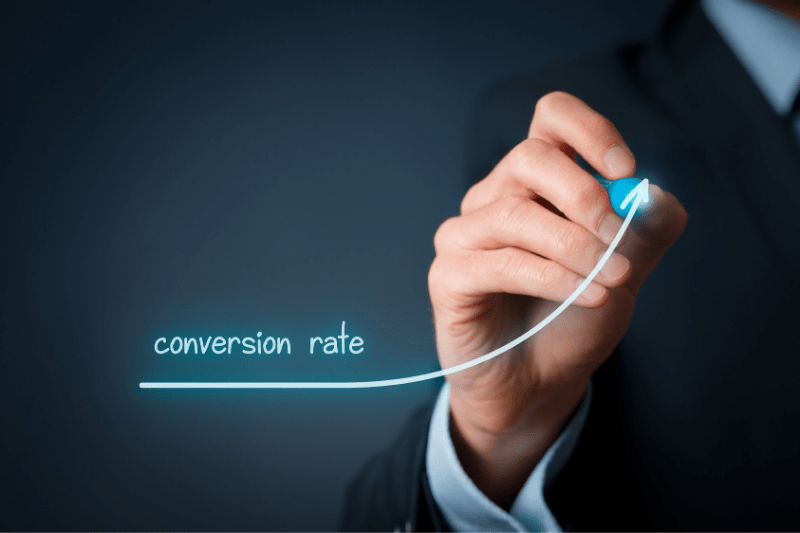
Your conversion rate is the percentage of visitors to your short-term rental listing who go on to book a stay. It’s great having a constant flow of guest inquiries about your listing; but, if that guest isn’t converting, you’re losing time and revenue.
Tracking your inquiry to booking conversion rate as a key performance indicator will enable you to optimise your short-term rental bookings and increase your profits.
How to calculate your conversion rate
Let’s say you had 10 inquiries for bookings in June, but only 3 of those inquiries turned into actual bookings. To calculate the inquiry to booking conversion rate you need to:
Divide the total number of bookings by the total number of inquiries.
3 ÷ 10 = 0.3
0.3 x 100 = 30%
In this scenario, your inquiry to booking conversion rate is 30%
How to increase your conversion rate
If your conversion rate is low, consider making changes from an informed decision. You may be missing the mark if:
- Your response rate is too slow. Try and maintain a response rate under 24 hours or even look into guest communication tools for vacation rentals such as, DACK, EnsoConnect, RueBaRue, YourWelcome, TouchStay and Duve.
- Your property’s facilities are not targeted to whom you are marketing to. Remember you need to conduct effective keyword research, understand your target audience and show off the amenities that reflect their needs.
- Your pricing strategy is not optimised. Other key performance indicators you are tracking can help you understand where you can optimise your pricing, including your average daily rate, your RevPAR, occupancy rate and even number of bookings. Also, remember seasons change and value fluctuates. To truly optimise your short-term rental pricing, check out pricing tools such as Wheelhouse, PriceLabs and Beyond Pricing.
9. Repeat Customer Rate (RCR)
When a guest re-books a stay with you, that affirms you are a great host and your property was a great fit. You’ve provided that 5-star stay the guest wanted. We call these guests ‘repeat guests’.
Your repeat customer rate will therefore be the percentage of guests who book a second stay, and can be calculated with different time periods depending on what data you look at.
How to calculate your number of repeat guest bookings
To calculate the RCR, you simply divide the number of repeat guests by the total number of all guests.
Let’s say last year you received 5 bookings a month totalling 60 bookings. Out of those, 15 bookings were repeat guests.
15 ÷ 60 = 0.25
0.25 x 100 = 25%
In this scenario, your repeat customer rate is 25%. This is considered a good benchmark for RCR.
How to increase your number of repeat guests
It’s important to get the balance right so you continue to acquire new guest bookings as well as repeat guest bookings. To increase your RCR look into:
- Email marketing and communication post-stay
- Offering unique incentives or discounts to repeat guests
- Provide an overall 5-star experience
10. Cancellation Rate
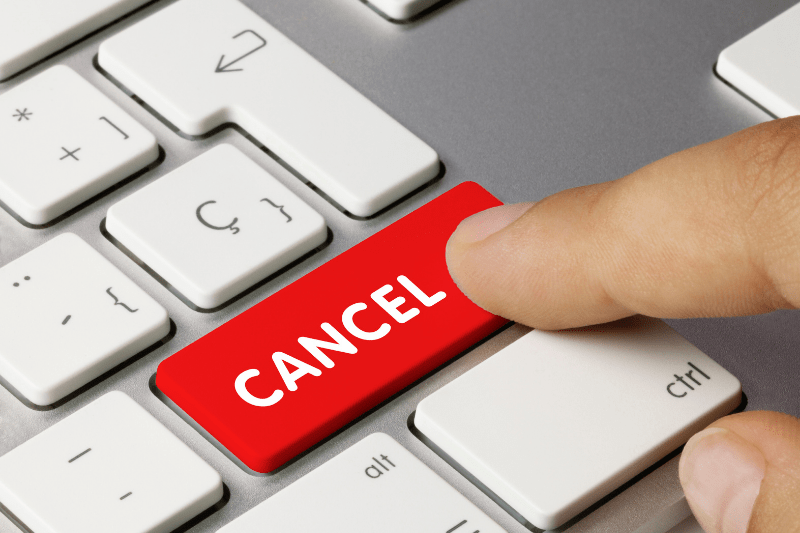
Cancellation data can provide valuable short-term rental analytics and insights into the reasons guests are cancelling their booking. This data includes your number of cancellations and the timings of said cancellations. You can also calculate your own host cancellation rate to understand how you are performing as a host.
It’s useful for guests to know your cancellation rate prior to booking and it is also important for you to know where and when guests typically cancel reservations with you.
How to calculate your cancellation rate
Let’s say last year out of all 60 bookings you received, you had to cancel 1 of those bookings. To work out what your cancellation rate you:
Divide the total amount of cancellations by the total amount of bookings and multiply this by 100 to express this as a percentage.
1 ÷ 60 = 0.0166
0.0166 x 100 = 1.66%
In this situation, your cancellation rate is 1.66%.
How to manage your cancellation rate
It’s best to keep your cancellation rate as close to 0 as possible – unless your guest is not who they say they are when they are screened by your chosen risk management provider.
In conclusion, leveraging your short-term rental analytics is of value to you as a host if you want to optimise and take your vacation rental business to the next level.
Tracking these Airbnb KPIs will help you make those informed decisions over what really matters.
Using Know Your Guest will help streamline your risk management operations, maximise your revenue potential through damage waivers and a damage protection plan, and improve the guest experience.
